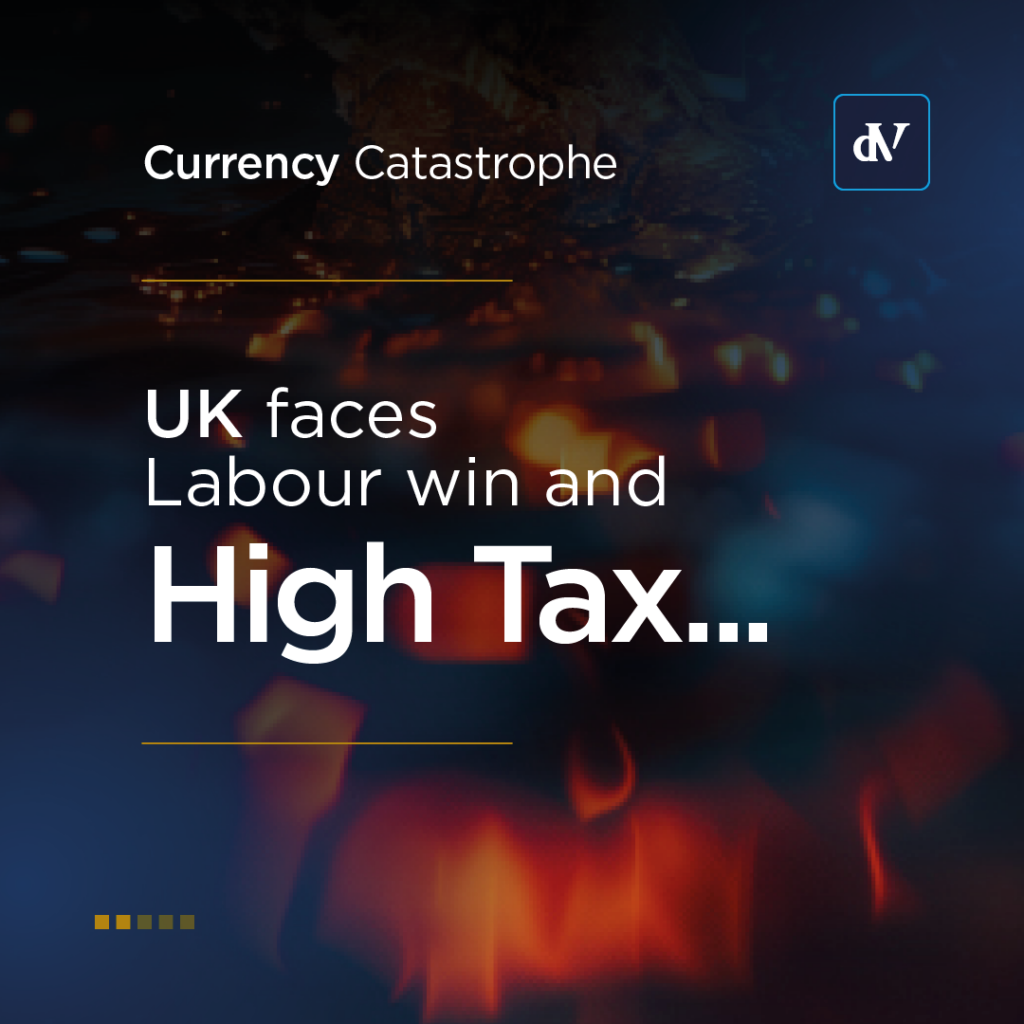|
Getting your Trinity Audio player ready...
|
Will the Federal Reserve Cut Interest Rates?
Traders are keeping a keen eye on the Federal Reserve ahead of its May meeting to decide interest rates. At its most recent meeting in March, the Fed opted not to adjust rates, maintaining its cautious approach, which has seen interest hold steady since January. The Fed’s target rate remains between 5.25 per cent and 5.5 per cent, its highest in over two decades. Analysts had been predicting that when the rate committee next convened, they would slash borrowing costs, which had been hiked to tackle recent waves of inflation. However, the latest inflation data out of the US, as well as a warning from the IMF chief against ‘early rate cuts’, threaten to stave off relief for borrowers and spur the dollar’s ongoing rally.
Rising prices could delay rate cuts.
An imminent cut to interest rates may be postponed after the latest inflation data revealed that prices had risen higher than expected. The consumer price index, a key inflation gauge, revealed that the price of goods had risen by 0.4 per cent. The figure marked the third successive month-over-month increase and represented a 3.5 per cent year-on-year rise. The news has already prompted some financial markets to predict a four-month delay to interest rate cuts to September, Reuters reports.
While the US inflation rate has fallen sharply from a per cent in 2022, it remains above the Fed’s 2 per cent target rate. The latest data could worry lawmakers, who had thought the inflationary tiger had been tamed, and put pressure on the central bank to curtail spending and boost saving by delaying this year’s rate cut, many analysts are now betting.
Traders slashed bets Wednesday that there would be an imminent rate cut after US President Joe Biden admitted there was “more to do” to tackle rising prices – with investors now predicting a cut to The Bank of England’s base rate before the Fed makes a move.
Will the Fed raise rates?
The possibility of an interest rate rise cannot be ruled out, according to former Treasury Secretary Larry Summers. Speaking to Bloomberg, the economist said recent inflationary data had wrecked the case for a cut. He said: “You have to take seriously the possibility that the next rate move will be upwards rather than downwards,” and added that he felt a rate cut would be a “dangerous and egregious error”. It comes after the Fed’s governor reportedly said she would be in favour of a fresh hike if progress on inflation stalled
The IMF chief Kristalina Georgieva issued a warning to the Fed, telling the central bank to remain patient, saying: “Don’t hurry until the data tells you you can do it”. Instead, Kristalina noted, the Fed would be in a better position to cut rates toward the end of the year.
Will the Fed cut rates?
The consensus among analysts remains that the Fed will cut interest rates this year but that the decision will be pushed back in light of the renewed threat of inflation. According to Reuters, investors are reportedly betting on the Federal Reserve cutting interest in September. The outlet reported:
“Traders pushed their bets on a first Federal Reserve Rate cut to September from June and now see just 40 bps of cuts by the end of the year, down from nearly 70 before the U.S. data.”
Investors had been anticipating as many as six rate cuts in 2024 – with many now saying two is more likely with Wall Street banks revising their forecasts and options traders reportedly piling up bets on just a single rate cut in 2024.
Chief International Economist at ING, James Knightley, maintains a rate cut is likely this year, but it won’t come until September after the chances of an early cut were scuppered by hot inflation. Commenting, he said:
“The likelihood of imminent policy easing from the Federal Reserve appears more remote than previously thought.
“We now think a third-quarter start point for Fed easing, either in July or, more likely, September, looks like a more credible call than June.”
However, he added ING continues to predict ‘meaningful’ rate cuts in 2025, as the US government moves to jolt the economy which is facing stalling manufacturing orders and flatlining household incomes.
How does the Fed decide interest rates?
The Federal Reserve, America’s central bank, is responsible for setting monetary policy. Understanding how the Fed decides on interest rates is crucial for investors, economists, and anyone with a stake in the financial markets.
At the heart of the Fed’s interest rate decisions is the Federal Open Market Committee (FOMC). This committee comprises 12 members, including the seven governors of the Federal Reserve Board and five Reserve Bank presidents. They convene regularly, typically every six weeks, to assess the state of the economy and deliberate on monetary policy.
The FOMC is charged by Congress to deliver maximum employment while maintaining stable prices. In practice, this means the committee must balance the goals of fostering job growth while keeping inflation in check. To achieve these objectives, FOMC analyses indicators such as unemployment rates, GDP growth, consumer spending, and inflation metrics in order to make informed adjustments to monetary policy.
Another crucial element in the Fed’s decision-making arsenal is forward guidance. Through public statements, speeches, and press conferences, Fed officials communicate their outlook on the economy and their intentions regarding interest rates. This guidance helps shape market expectations and influences investor behaviour.
In addition to economic indicators and forward guidance, the FOMC considers global economic conditions and geopolitical events. The interconnectedness of the global economy means that developments abroad can have ripple effects on the U.S. economy and financial markets. Therefore, the committee must factor in international dynamics when crafting monetary policy.
Ultimately, after thorough deliberation, the FOMC arrives at a consensus on whether to adjust interest rates and by how much. This decision is communicated to the public through a press release following each FOMC meeting. The Fed’s actions regarding interest rates have profound implications for borrowing costs, investment decisions, consumer spending, and overall economic activity, making the FOMC’s deliberations closely watched and analysed by market participants worldwide.
FED Drive Markets CRAZY! by Nigel Green
Interest rates look likely to stay higher for longer
Fresh inflationary data has worried US lawmakers that they might not have the tiger by the tail and piled pressure on the Fed to delay a rate cut which many analysts now expect will be postponed until September.
With the consumer price index surpassing expectations for the third consecutive month and inflation hovering above the Fed’s target rate, concerns about price rises thought to have tapered off, have been reignited.
The worry is so acute that some observers refuse to rule out the possibility of an interest hike. However, that remains a minority opinion, with most analysts forecasting at least one cut this year. The Fed is in a tough spot—it must navigate its duties to boost the economy while keeping inflation reigned in. It appears its current position is that rising prices remain the clear and present danger despite signs of an economic slump, with analysts agreeing rates will remain high until the later part of the year.




